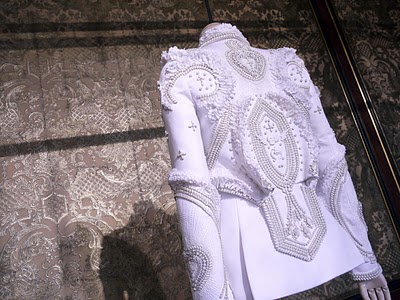- Joined
- Sep 27, 2010
- Messages
- 18,920
- Reaction score
- 4,350
During this Couture week, something other than the beautiful garments caught my attention in the discussions over the collection threads: it seems like a lot of members have a lot of different definitions for Haute Couture. Mr. Wikipedia says that Haute Couture is "the creation of exclusive custom-fitted clothing", "it is usually made from high-quality, expensive fabric and sewn with extreme attention to detail and finished by the most experienced and capable seamstresses, often using time-consuming, hand-executed techniques."
But is there something more than that? What truly makes a collection "Couture" and "Not Couture"? Is it the craftsmanship on the garments, the exclusivity of the pieces, details and construction? Is it an embellished gown, a perfectly tailored suit or a avant-garde piece? Is it something we can say through picture or we have to see up close? Is it open for more than one concept and definition?
For me, Haute Couture relies in three words: creativity, precision and sophistication.
But I ask the TFS members: What does Haute Couture really means to you?
But is there something more than that? What truly makes a collection "Couture" and "Not Couture"? Is it the craftsmanship on the garments, the exclusivity of the pieces, details and construction? Is it an embellished gown, a perfectly tailored suit or a avant-garde piece? Is it something we can say through picture or we have to see up close? Is it open for more than one concept and definition?
For me, Haute Couture relies in three words: creativity, precision and sophistication.
But I ask the TFS members: What does Haute Couture really means to you?






 Can you be specific, as the comments are based on LOOKING at the collection aren't they?
Can you be specific, as the comments are based on LOOKING at the collection aren't they?